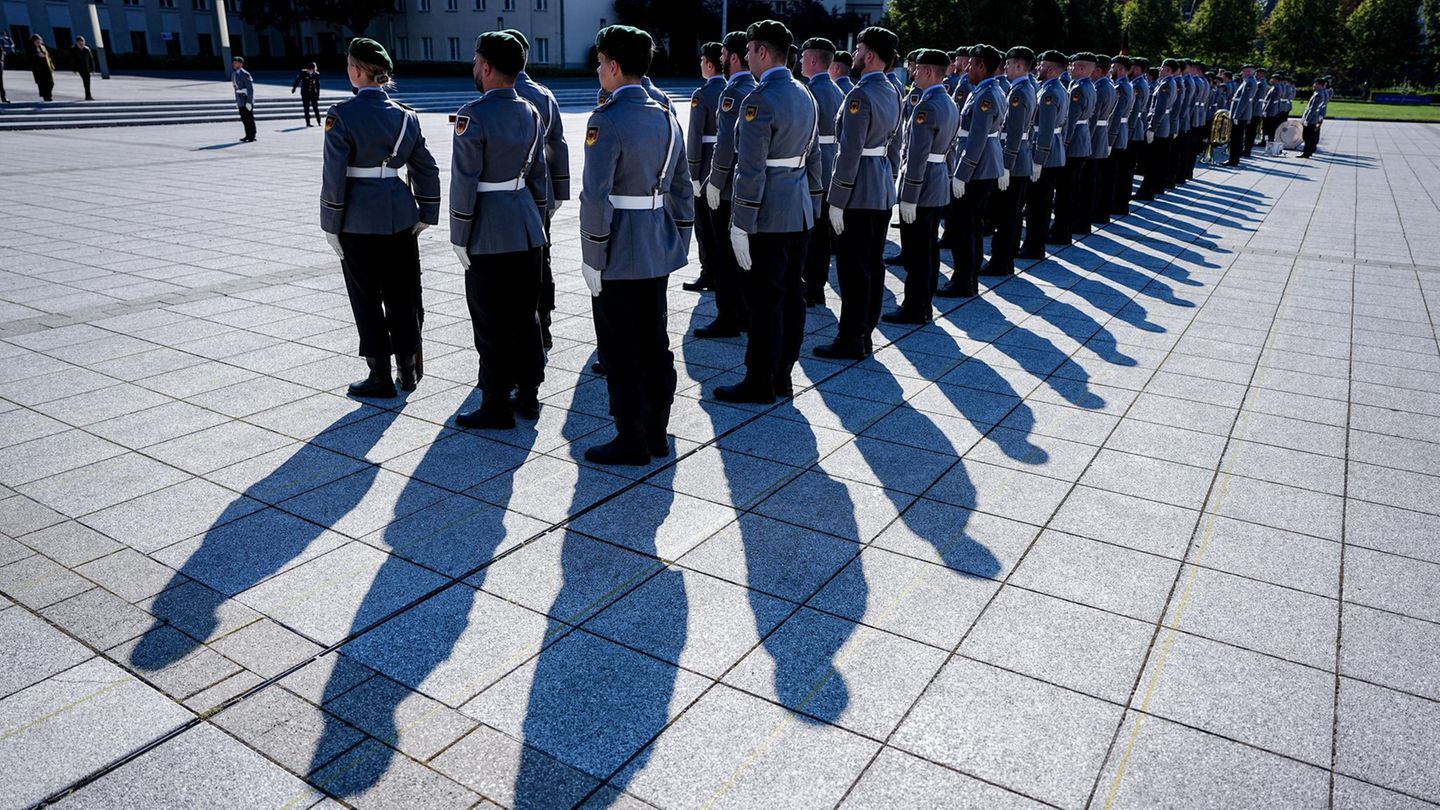The start of school is imminent and many children can already manage the way to school on their own after a practice phase. All road users are therefore required to be vigilant on the roads. According to Statistics Austria, around 470 accidents involving schoolchildren occur on the way to school every year.
“In order to show children safe behavior with good guidance and thus give them self-protection, it is not only essential to practice the way to school several times in advance, but also to discuss eventualities and necessary behavioral instructions with them. In this way, parents can prepare their children for unforeseen situations, to avoid helplessness or hectic in an emergency and to strengthen their skills,” says Petra Riener, Head of Traffic Safety at the ÖAMTC Upper Austria. The behavior of a pedestrian in traffic can also be repeated and practiced at the holiday destination.
Discuss concrete scenarios and proposed solutions
“It’s best to practice concrete scenarios that can happen on the way to school: This is how you put the child in different possible situations and can propose solutions or correct answers,” says the ÖAMTC expert. Nevertheless, no more than two different scenarios should be discussed per exercise unit, so as not to overwhelm the child.
These are the expert’s tips for a safe way to school
- Avoid hassle in the event of a delay: Almost 44 percent of the accidents on the way to school took place in the morning between 7 and 8 a.m. “Especially in the morning it is important not to get hectic. Getting up on time, getting ready without stress and being attentive and concentrated when leaving the apartment – all this contributes a lot to avoiding accidents on the way to school. If you are late, then it is better to be concentrated and calm stay a few minutes later but arrive safely at school,” says Riener.
- Alternative routes at construction sites: It is the responsibility of the parents to inquire regularly and, if necessary, arrange for an alternative route. The new path should be practiced a few times with the child; intersections with traffic lights and protection paths are preferable.
- Truck blocks view of intersections: If the vehicle does not move and the line of sight to cross is blocked, it is best to find another safe crossing location. It is important never to run out from between parked cars and suddenly cross the road.
- Visibility in bad weather: “If it’s raining or it’s still dark, children with light-colored clothing and reflective patches on their jackets and pants and on their school bags are much more visible,” says the ÖAMTC expert. “Children should know that they are not automatically seen by other road users. They should concentrate and carry out more safety checks in both directions to find safe crossing gaps.”
- Riding with parents of friends: In this case, parents should make it clear which parents are allowed to take their child with them. A suitable restraint system in the car is mandatory, this should also be used correctly.
The expert from the mobility club concludes: “Recommendations on how to behave often have to be repeated and discussed so that they are remembered by the child. What has been learned should therefore be repeated again and again, at regular intervals.”
Source: Nachrichten




